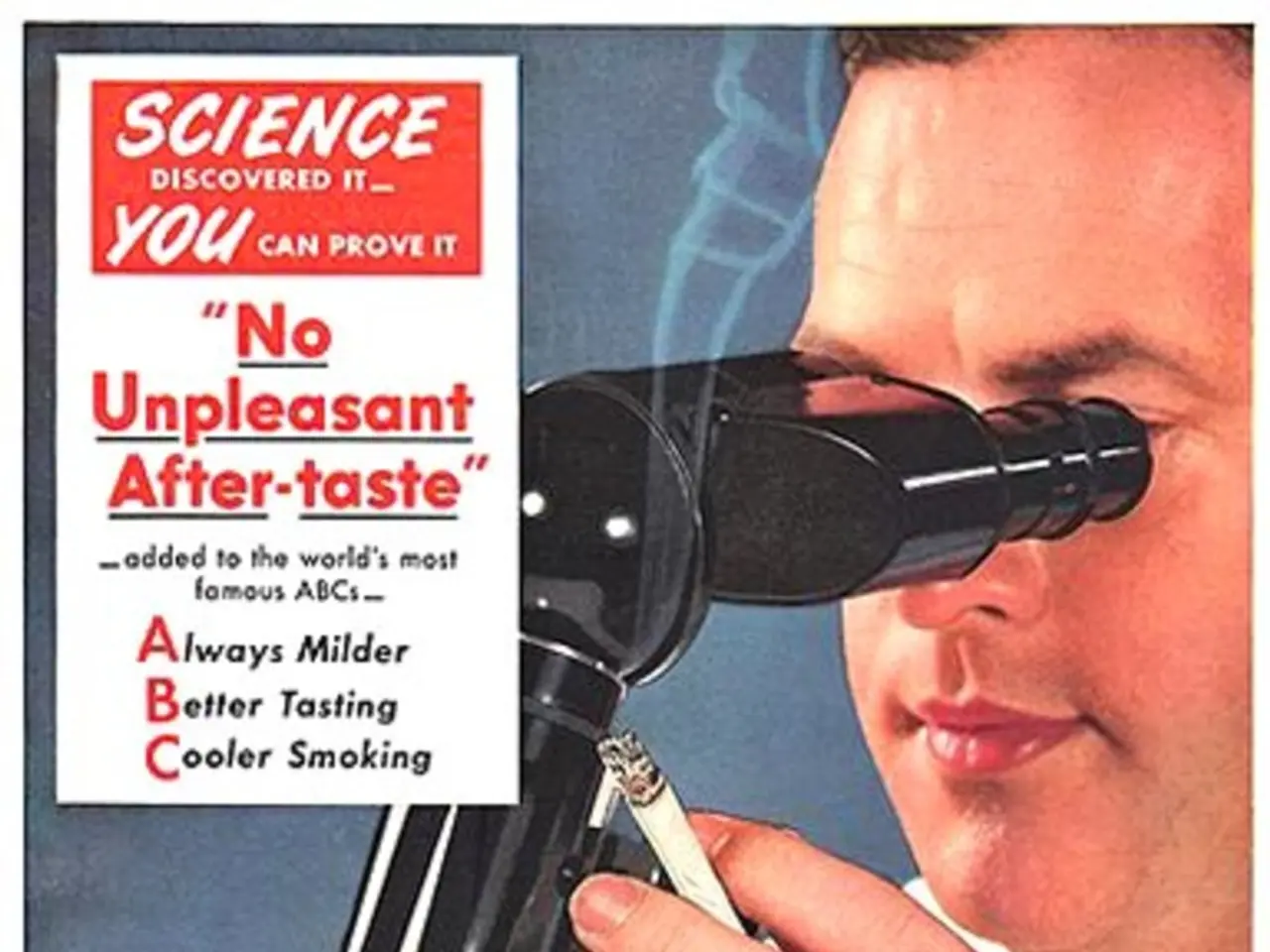Harmful substances, trash, and germs are contaminating your FDA-accredited pharmaceuticals
In the world of pharmaceuticals, contamination recalls are a concerning subset that pose significant risks to public health. According to recent data, over 2500 manufacturing plants have gone uninspected since 2008, raising questions about the industry's commitment to quality control.
One area of particular concern is the production of sterile injectable pharmaceuticals. A study spanning from 2008 to 2012 revealed that an alarming 22% of recalls for these products were due to contamination issues identified by the FDA. Contaminants can range from microbial organisms and chemical impurities to foreign bodies, each posing unique threats to consumers.
Microbial contamination, such as the bacteria Burkholderia cepacia, has been found in various topical care products, including soaps, antiseptic lotions, and external analgesics. This contamination can lead to life-threatening infections, particularly sepsis, and poses a significant risk to immunocompromised individuals.
Chemical impurities, like nitrosamines and related compounds, can form during the synthesis process and are known carcinogens. These impurities require stringent manufacturing risk assessments to ensure consumer safety.
Foreign body contamination, while less common, can still pose a safety hazard. Recalls have occurred due to physical contaminants found in products, though specifics vary by recall.
The FDA is actively monitoring these issues to protect public health. However, concerns have been raised about the agency's ability to enforce regulations against offenders in the pharmaceutical industry. This weakness has allowed dangerous products to slip through the cracks, as evidenced by numerous recalls.
The supplement industry, valued at $37 billion, is also barely regulated, increasing the risk of harmful products reaching consumers. A senior science and tech reporter at Business Insider warned consumers to be leery of supplements due to potential harm.
In 2018, an investigation by Kaiser Health News found that recalled drugs contained various harmful substances, including glass and metal particles, mold, dangerous bacteria, rubber bits, cancer-causing chemicals, unknown powders, and the wrong ingredients. One tragic example is the case of a one-year-old named Anderson Moreno, who was given a contaminated stool softener containing Burkholderia cepacia. The contaminated drug infected Anderson's respiratory tract and lungs, removing him from the heart transplant list and placing him on a ventilator.
As the pharmaceutical industry continues to grow, it is crucial that stricter quality control measures are implemented and that regulatory bodies are equipped to enforce these measures effectively. This will help ensure that the products we trust to maintain and improve our health are safe and effective.
References:
[1] Food and Drug Administration. (2012). FDA Recalls, Market Withdrawals, & Safety Alerts. Retrieved from https://www.fda.gov/safety/recalls-market-withdrawals-safety-alerts
[2] Centers for Disease Control and Prevention. (2012). Burkholderia cepacia complex. Retrieved from https://www.cdc.gov/hai/organisms/cepacia/index.html
[3] Food and Drug Administration. (2017). FDA Recalls, Market Withdrawals, & Safety Alerts. Retrieved from https://www.fda.gov/safety/recalls-market-withdrawals-safety-alerts
[4] Centers for Disease Control and Prevention. (2016). Burkholderia cepacia complex infections among patients with cystic fibrosis - United States, 2016. Retrieved from https://www.cdc.gov/mmwr/volumes/65/wr/mm6544a2.htm
[5] World Health Organization. (2018). Nitrosamines and human cancer. Retrieved from https://www.who.int/ipcs/assessment/public_health/nitrosamines/en/
- The contamination issue in pharmaceuticals, including sterile injectables, raises concerns about public health and emphasizes the need for stringent manufacturing risk assessments, particularly for known carcinogens like nitrosamines.
- Nutrition and health-and-wellness are not immune to contamination risks, as supplements, which are valued at $37 billion and barely regulated, pose a potential harm to consumers according to a senior science and tech reporter at Business Insider.
- Therapies and treatments can also fall victim to contamination, with recalled drugs containing harmful substances such as glass and metal particles, mold, dangerous bacteria, rubber bits, cancer-causing chemicals, unknown powders, and the wrong ingredients.
- Inflammation and medical-conditions can be affected by contamination, as evident in the case of Anderson Moreno, a one-year-old who was infected with Burkholderia cepacia due to a contaminated stool softener, compromising his health and putting him at risk for life-threatening health complications.




